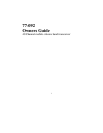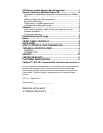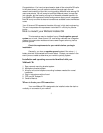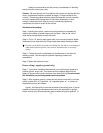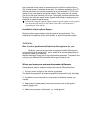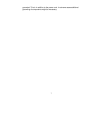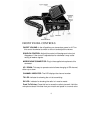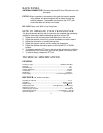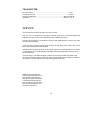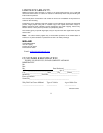6
5. Exercise care to prevent cable damage.
Essentially, you have five location choices: the roof, gutter, rear deck, front
cowl or rear bumper. Where you decide to locate your antenna will
determine the type of antenna you install. Again consult your Midland CB
dealer for advice and guidance, and measure your needs against the
attributes of the various Midland antenna models he carries.
Antenna installation.
Follow the manufacturer’s installation instructions carefully.
, Warning: Never operate your CB radio without attaching an antenna or with a
broken antenna cable. This will result in damage to transmitter circuitry.
Tuning your antenna.
Some antennas are factory tuned. However, performance can usually be
improved by slightly lengthening or shortening its length, using a Standing
Wave Radio (SWR) meter. For the exact procedures to be used refer to the
antenna manufacturer’s installation manual.
You can buy an SWR meter separately or have your antenna checked by
your Midland CB Dealer’s service department.
Factors affecting CB range
Essentially, they are the same influences that optimize or limit AM and FM
broadcast signals.
Terrain: Hills, valleys and buildings naturally interrupt and shorten CB
signals. In short, any thing that is between you and the person you want to
talk to can shorten your CB range. You can expect to maintain maximum
transmitting/receiving performance in flat, open country.
Weather: You can expect that CB range will be reduced – perhaps
drastically – in times of atmospheric disturbance, such as in a thunder storm
or heavy snow. Sunspots too are known to adversely affect CB performance.
Noise:
A very common source of excessive noise is the ignition system. In many
vehicles today the electric fuel pump is another possible source of noise. If
you suspect this is true, turn off the ignition. With the CB in receive mode the
noise is no longer present this is a source of the noise. In some cases the
noise can be reduced or eliminated by making sure the CB radio chassis is



